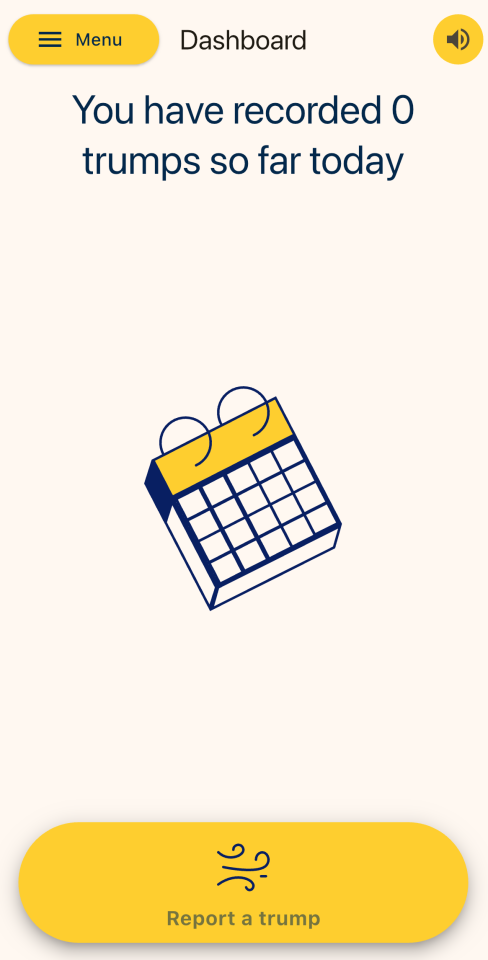In one of the most hilarious citizen science projects we’ve ever come across, Australia’s leading research agency CSIRO is asking people across the country to track their flatulence for three days using the free and intentionally funny Chart Your Fart app.
While there’s a serious side – it helps scientists better understand the gut health of people ages 14 and up across the country – it’s hard to suppress a giggle because the app doesn’t just ask participants to record when they experience bloating but also to evaluate the properties of the fart: the stench (from odorless to poisonous), the volume (silent to deafening), the duration (from short to eternity), and the duration are shown of the smell (fleeting to permanent) and its detectability (subtle to clear).

CSIRO
“Windflow is a natural occurrence and a sign that our digestive system is functioning properly to eliminate excess gas produced when breaking down and processing the food we eat,” said Megan Rebuli, nutritionist at CSIRO Research. “Talking about nutrition often leads to a discussion about the other end of food.
“Different foods, medical conditions, or even the way we chew or swallow can have an impact on how our body processes the excess gas, resulting in different smells, different frequency, or even different volume,” she added.
The hilarious project arose from a 2021 gut health study that found Australians punched above their weight when farting. About 60% of respondents reported “excessive bloating,” with nearly half of those people saying they experience it “most days.”
Age, gender and whether someone has recently changed their diet are also recorded to collect more granular data about what is going on down under. Anonymity is maintained through the app by assigning each participant a code – although an email address is required.
“Research is only as good as the data we have and we want to work with as many members of our diverse Australian community as possible to drive innovation in health and wellbeing research and deliver meaningful results,” said project leader and CSIRO- behavioral scientist. Dr. Emily Brindal. “We want to demonstrate the potential of public research and ask the community to get involved in shaping our future health and well-being science.”
As a big fan of citizen science projects, I will of course do my part in research over the next three days. At the time of writing, I’m doing a little worse so far. The U.S. National Institute of Diabetes and Digestive and Kidney Diseases notes that studies have found people bloat 8 to 14 times a day, but experts consider up to 25 times to be “normal.”
Knowing Australians and their ability to turn anything into a sport, there will undoubtedly be some who view Chart Your Fart as a competition. Even if it’s not about messing up your habits during the three days of research, there are many things that affect the amount of gas the gut produces – including chewing gum, carbonated drinks, foods high in insoluble fiber, Legumes and quick food.
As far as the odor meter is concerned, cruciferous vegetables like broccoli and cabbage, as well as eggs, grains, meat, beer and onions, are likely to exceed the “toxicity scale.”
Of course, for such a fun topic, Chart Your Fart is also very amusing, giving users more words for flatulence than we can find. (That must have been quite a brainstorming session at the CSIRO.)

CSIRO
“We rely on the public to share their experiences with us for much of our health and wellbeing research, but we also want to hear what research the community wants us to do – it’s about keeping it real and relevant, but why not ? “A little bit of fun too?” said Dr. Brindal.
Let’s hope other countries follow this example – after all, it is a universal language. In the meantime, it’s just the right time to release an old hit from the New Atlas team’s most talented tooter, most talented gas trader and most fluent farter – Loz Bain. Enjoy.
Loz’s magnificent 7-note fart symphony – the #1 video in the world for one day in May 2015.
Source: CSIRO



